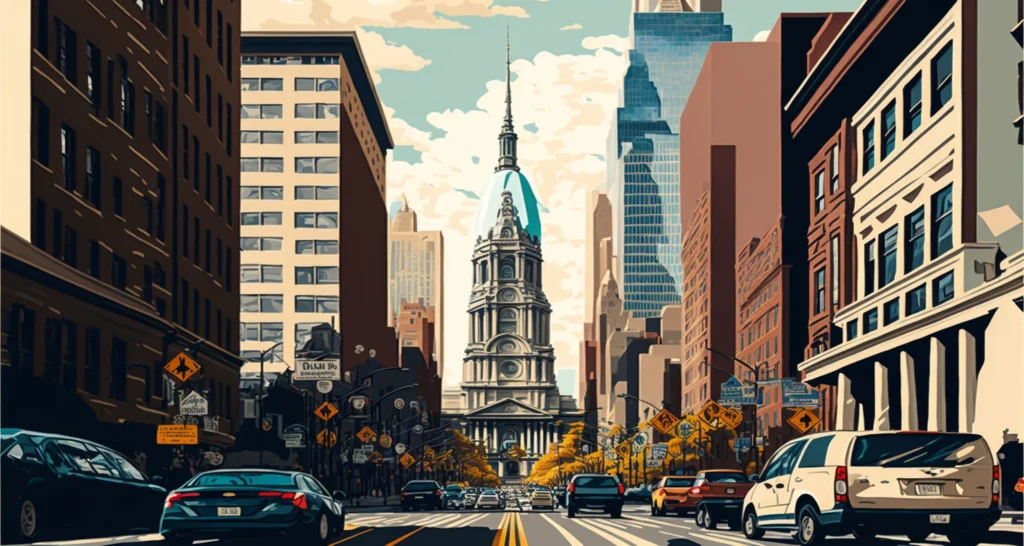The world of technology is changing very fast, and green technologies are becoming more and more demanded. However it is still possible to read the opinions of nonbelievers, who talk about green technologies as “expensive toys” that exist only thanks to charity oriented towards sustainable development.
Fortunately, the situation is constantly changing for the better, green technological solutions are becoming cheaper, and completely new sectors of the green economy are emerging. Until recently, Karl Burkart defined a green economy based on six main sectors: renewable energy, sustainable transport, green building, water management, waste management, and land management. Now, to this list, we can add electronic education (knowledge management) and the “Internet of things” (creation of physical objects equipped with built-in technologies for interaction with each other).
Thomas Edison, a hundred years ago, when he invented his electric light bulb, guessed that the most important thing was not to solve the problem of producing light bulbs, but to force people to switch from kerosene to electricity. With all the advantages of electric lighting, it will supplant kerosene, only if it is better for the price and brightness, and it will create cost-effective infrastructure.
One of the main tasks in the field of the formation of a “green” economy in the coming years is to change people’s views on the consumption of natural resources. People must learn to treat living nature as a valuable product that needs to be saved. Then energy-saving technologies will be in demand, and the scale of the green sector will exceed the sectors of the traditional economy.
Already today, there are major changes in the world economy towards the use of alternative energy sources (AES) and the protection of the natural environment. The advantages of the priority application of AES for all countries are undeniable, and the possibilities of alternative energy sources exceed the current needs of civilization many times. Uniform distribution and accessibility of AES are universal, which equates to the rights of all people.
In December 2008, a directive was adopted by the European Parliament according to which 27 EU countries plan to increase the use of AES energy to 20% of the total by 2020. In some countries in Europe, this figure is already over 20%. In Denmark, for example, only wind energy provides 21.3% of the total energy in the grid, in Sweden and Finland 20-25% of the heat production takes place due to biomass burning. The world’s annual growth rate of solar energy use is on average 60%, wind energy is 30%.
Rather rapid growth is shown by the “green” building sector. According to forecasts of analysts in 2013, “green” buildings will take about 20% of the construction services market in the world. “Green” building is eco-logical, profitable, comfortable, and durable, achieved through the effective use of water, energy, and other resources, using environmentally friendly building materials and technologies.
The first eco-house was built in 1991 in Darmstadt, Germany. The experience of its use has shown that this building actually needs a minimum amount of heat: the cost of heating such a house is less than one liter of fuel in liquid form per year per one square meter of the area to be heated.
The main feature of a passive house is reduced energy consumption (approximately 10% of the specific energy per one part of the volume that modern buildings consume). Ideally, an energy-independent system does not require the maintenance of an optimum temperature at all. The heating of the passive house is organized by means of heat, which is allocated by people living in it, household appliances, and alternative energy sources (solar panels).
Today, there is a tendency to move from certain “green” buildings to the construction of ecological cities, and “green” settlements. Only a city as a living system can be improved efficiency in terms of energy efficiency and ecology, only as a whole, and not in parts. Various eco-villages and eco-communes, trying to organize their lives according to the principles of sustainable development, up to the development of their own energy, the production of their own food, and even the establishment of their own alternative currency. The main principles of the formation of a “green” settlement – finding balance in the ecological sense – reducing the impact on the surrounding nature, and entering into ecological cycles.
Sustainable transport systems make a positive contribution to the environmental, social, and economic sustainability of the communities they serve. Transportation demand management (TDM) is the application of strategies and policies to reduce travel demand or to redistribute this demand in space or in time. In transport, as in any network, managing demand can be a cost-effective alternative to increasing capacity. A demand management approach to transport also has the potential to deliver better environmental outcomes, improved public health, stronger communities, and cities that are more prosperous.
Sustainable development can be followed where there is a judicial use of resources that compromises the needs of the present generations as well as the future generations. Hence, one of the key issues in the green economy: how much time do we have to achieve sustainable development? What is required to restore equilibrium in the ecosystem? Developments in the field of sustainable management of natural resources are aimed at combining integrated and balanced approaches, including resource extraction, product cycle, and waste management.
The basis of the new industrial revolution is knowledge management, robotics, and the Internet of Things. The combination of these factors is changing the business. Since many new sectors have already been created, people have to learn to manage increasingly complex means of production. To replace us comes a new generation of workers, with whom robots will work side by side. Already there are factories where robots work together with people. Consequently, the transition to green growth will lead to the creation of new jobs, including highly qualified jobs in new directions. However, some jobs are threatened, so there is a need to promote the redistribution of workers from the shrinking sectors and enterprises into the growing ones, which replace polluting activities with cleaner alternatives or provide environmental services.













